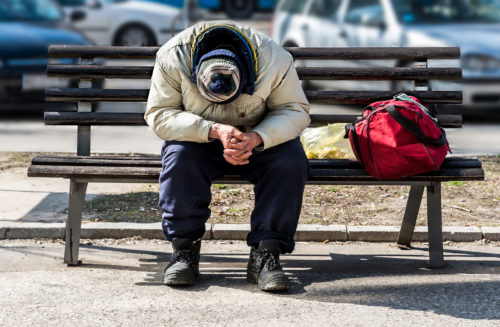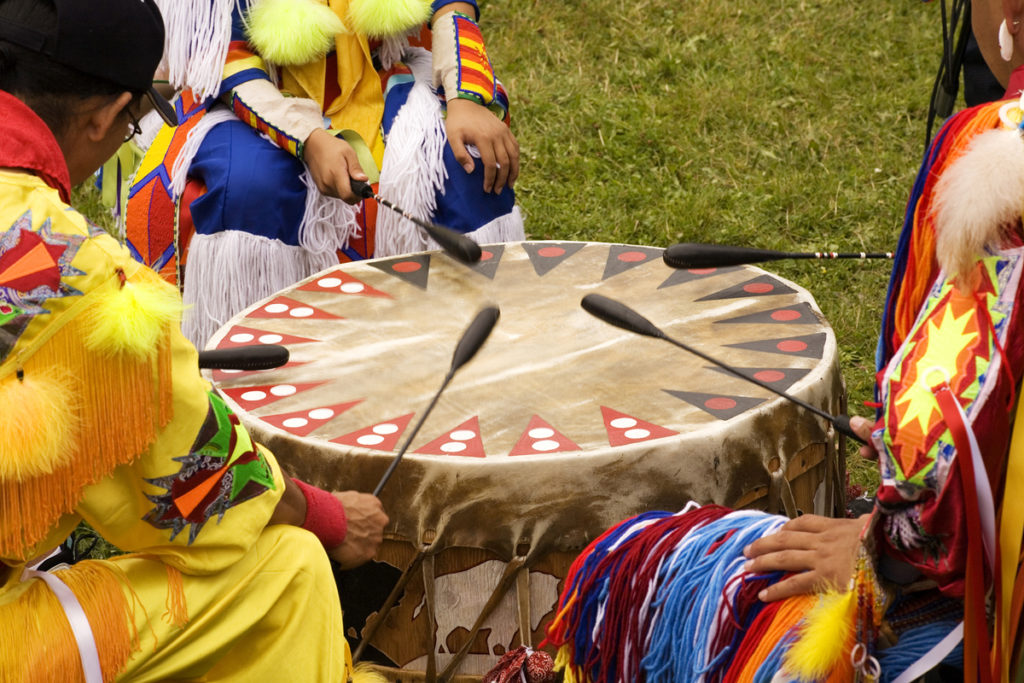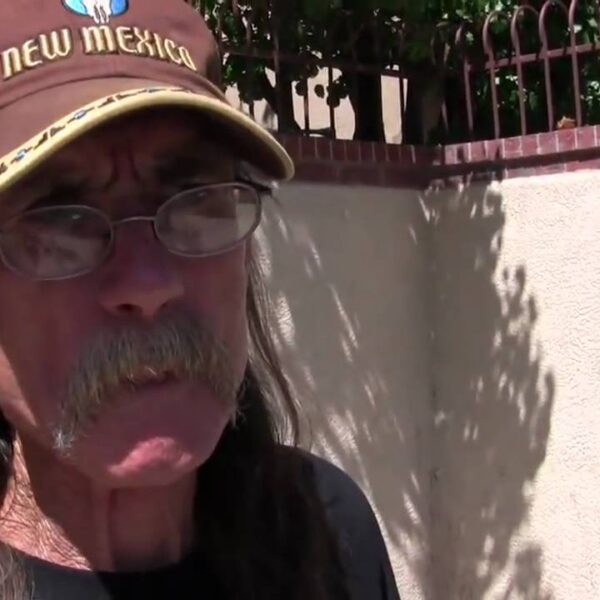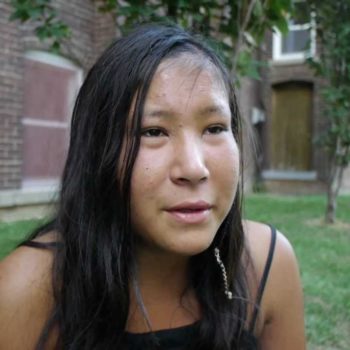Tens of thousands of years ago, North America was a plentiful territory with resources abound at every turn. Hundreds of Native American tribes resided over the nation, keeping the lush wilderness protected at all costs. While each tribe was unique in culture and tradition, they shared a mutual respect for the ecosystem. Therein lied the secret to the flourishing landscape that once was.
Even now, many of the luxuries American residents enjoy are rooted in treasured Native American traditions. From the foods we eat to the words we use, all the way down to the clothes we wear. Looking back at their many contributions and bearing in mind the unthinkable tribulations indigenous tribes have endured in the name of liberty, the picture of their society as it stands in 2019 is nothing short of a travesty.
Today, America’s Indigenous Population Faces a National Crisis of Homelessness

It’s easy to think of the genocide of America’s Indigenous People as a page from the history books in a time long forgotten. It’s easy to recognize the fact that approximately 90% of their population was decimated at the hands of rogue colonizers like Christopher Columbus and the scourges of genocidal soldiers that followed in his footsteps. But as the timeline edges forward, with more recent atrocities creeping in, like the Indian Removal Act (1830), the forced assimilation boarding schools (some of which sadly still exist today), the 5,000 plus reports of Indigenous women going missing (statistic from 2018), and more, the conversation takes us to a dark and uncomfortable, but necessary place.
For where else can we view the reflection of our nation if not on the faces of its longest standing residents?
One of the most shocking and underreported predicaments the modern Indigenous population faces is homelessness. The fact that the very people who spent thousands of years planting the seeds of America’s future now find themselves unsheltered is a bitter irony and one that should gravely sadden us.
As of 2019, Native Americans account for approximately 1.5% of North America’s population, yet they make up more than 10% of the homeless population nationally.
This is a significant overrepresentation and the numbers increase in certain locations. These include, but aren’t limited to:
- New Mexico Cities such as Albuquerque
- Seattle
- Minneapolis
- Tribal Lands in Indian Country
- Central South Dakota’s Pine Ridge
- Underlying Causes of Native American Homelessness
Across the board and regardless of ethnic background, lack of affordable housing continues to be the leading cause of homelessness. However, there are location specific dilemmas that play a huge part in unsheltered Indigenous life. For example:
Lack of Homeless Shelters and Inadequate Urban Development Funding
The Urban Institute examined the area known as Indian Country. It concluded only 11 of the 22 tribes there had constructed a viable shelter for those in need. They estimate that about 17% of tribal land residents have no place to call home. Yet the problem goes largely underreported due to family members “doubling up”.
Loved ones bounce from house to house in lieu of sleeping on the street. This temporary solution strains the community and puts a great deal of pressure on family ties. It’s important to note that President Trump is actively attempting to cut the HUD budget by an astonishing $8 billion, even as this dire situation progresses.
Lack of Understanding of Indigenous Cultures plays a major role in Albuquerque’s current crisis. It is here that many Native Americans work full-time jobs to no avail. The combination of long hours and low wages leaves many scraping for rent payments. They eventually wind up on the streets. Once on the streets, a system designed for English speakers greets them and often disrespects aspects of tribal culture.
Severed Tribal Ties have wreaked havoc on the Native Americans in Minneapolis, who currently make up the largest disparity of any ethnic homeless group in that region. Red Lake Chippewa native and activist Margarita Ortega told the New York Times “as an urban Native, you don’t have any relationship with your tribe”.
Leila Fadel of NPR News in Albuquerque stated simply that the Native American homeless “feel invisible”.
What Does Homelessness Look Like from an Indigenous Standpoint?
The urban conditions of Minneapolis’ largely Native American homeless encampment are bleak. Tents line the concrete which is grounds for rampant disease. Fatality is common, as is employment. Many urban homeless hold full-time jobs but fall victim to discriminatory practices including unlivable wages.
On the streets of Albuquerque, a homeless Native American man was murdered in cold blood. The perpetrators claim they killed him “just for fun”. New Mexico is notorious for violent attacks against Indigenous people with 76% of homeless Native Americans experiencing aggression and bodily harm.
The homeless population in Pine Ridge suffer an isolated existence racked by joblessness, disease, and an incredibly low life expectancy due to the extreme conditions. With an unemployment rate above 80% and the median income level peaking at $4,000 per year, most residents live in shacks that lack basic components such as electricity and running water.
In Indian Country, where the problem is inward, families are being ripped apart. Right now, somebody is being told by a loved one that this is the last night they can curl up on the living room floor. Unsheltered conditions in tribal lands often give way to:
- Hate crimes
- Police harassment
- Kidnapped children and other unspeakable horrors
Native Americans Are Coming Together to Rectify This Problem. Here’s How You Can Help.
Unified through adversity, Indigenous People have taken up this cause together. There are approximately 562 tribes remaining in North America alone. Some live in cities, others in suburbs, still others on tribal reservations. They exhibit variations regarding cultural practices and beliefs, yet they share a harrowed history and a looming, uncertain future. Tackling language barriers, marginalization, and the trauma that coincides with a history of generational oppression, is no easy task.
The National Wildlife Federation Tribal Lands Conservation Program is one of a few examples of national homeless outreach geared toward Native Americans. Another way you can get involved is by contacting your legislators letting them know you expect solutions to the homeless crisis currently plaguing our nation.













